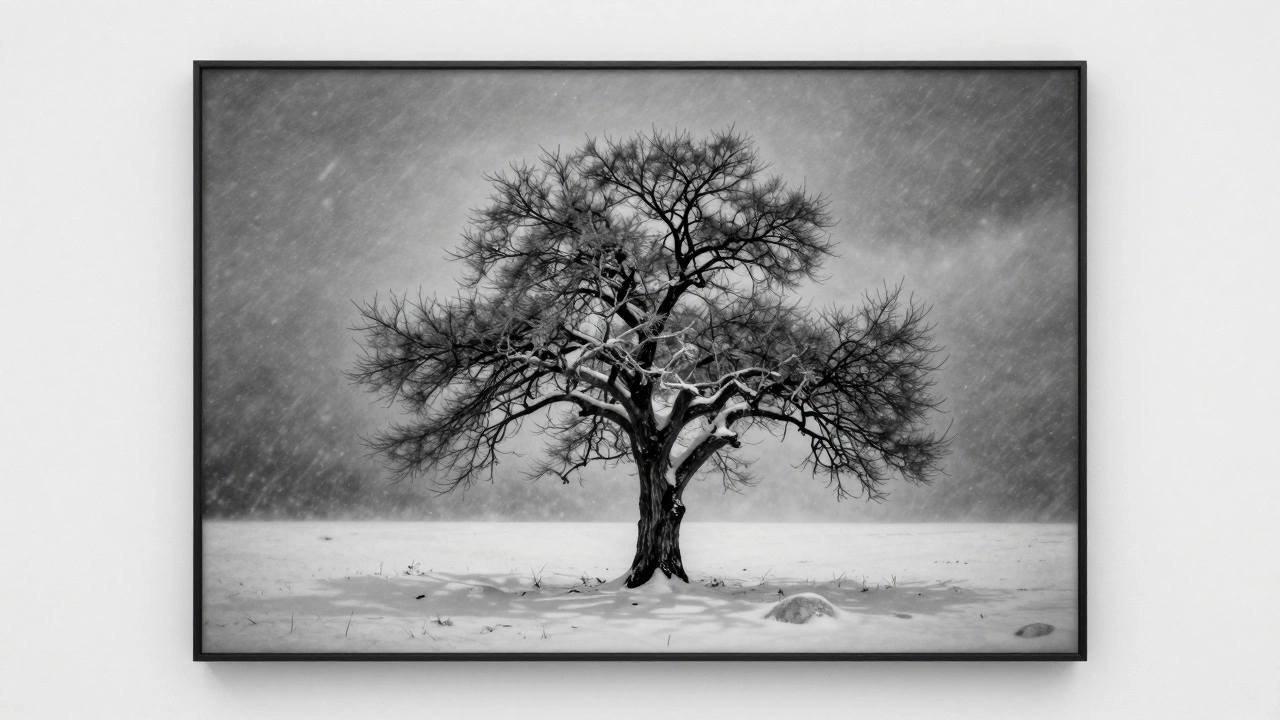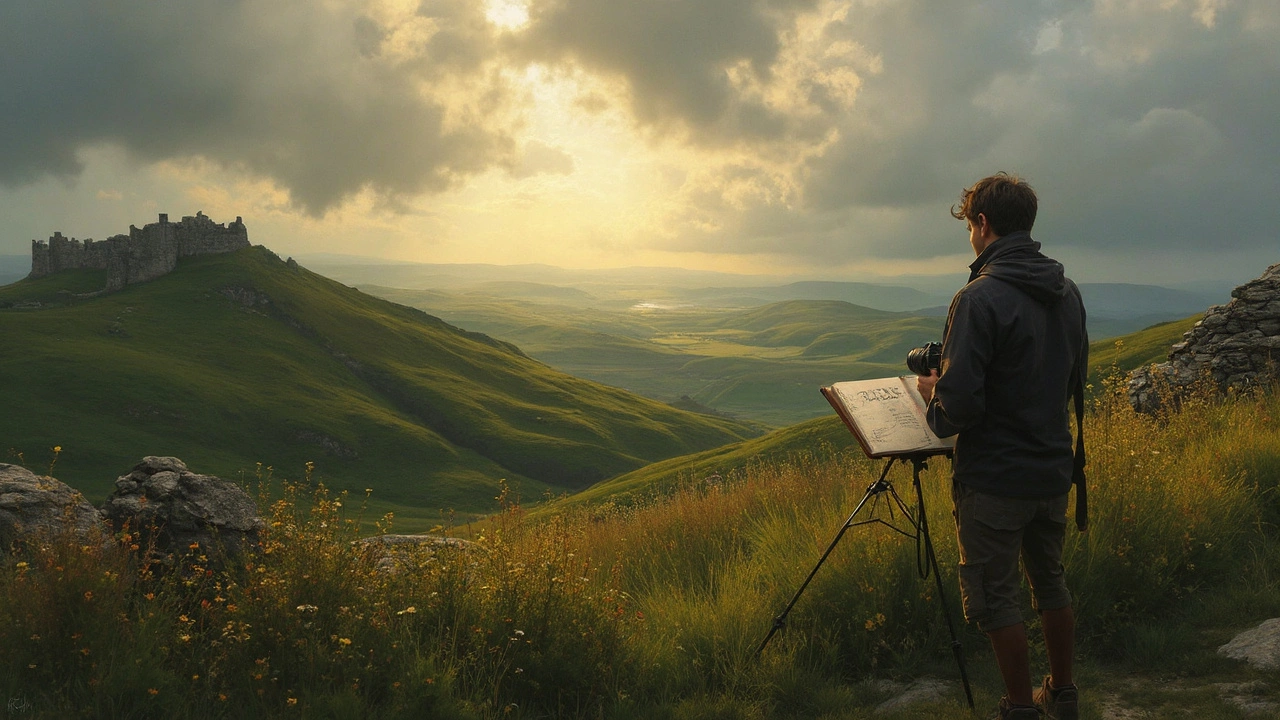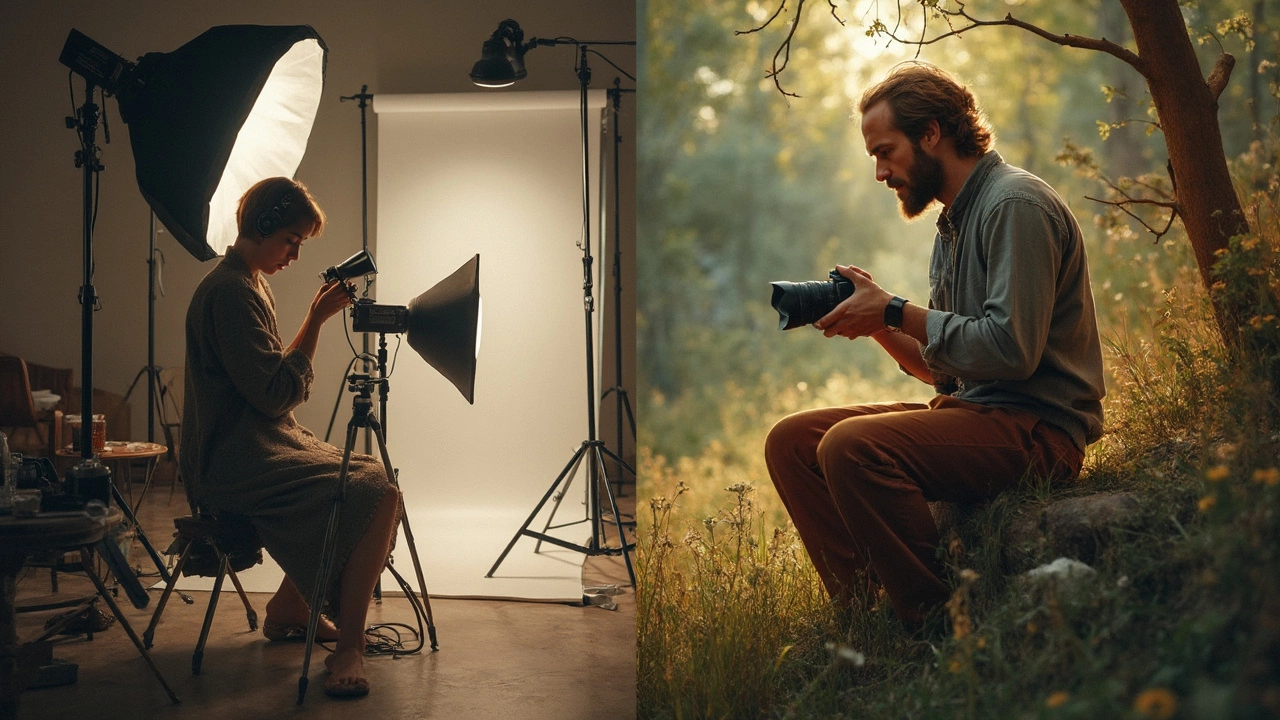Art Photography: Tips, Inspiration & Trends
Welcome to the art photography hub. Whether you’re snapping a portrait, a sculpture, or an abstract canvas, the goal is the same – make the viewer feel something. Below you’ll find quick ideas that work for any subject and a peek at the kind of articles we feature under this tag.
Why Art Photography Matters
Good art photography does more than record a piece. It translates texture, colour and mood into a visual story that can travel far beyond a museum wall. Collectors rely on sharp, honest images to decide what to buy, while artists use them to showcase their work online. In short, your photos become the bridge between the artwork and the audience.
Our tag pulls together posts about painting techniques, sculpture materials and abstract concepts – all of which help you understand the art you’re photographing. For example, the "What Does Abstract Art Really Mean?" article gives you clues on how to capture emotion from non‑representational pieces. The "Easiest Sculptures for Beginners" guide shows you how light and shadow can highlight form in three‑dimensional work. Each piece adds a layer of insight you can apply behind the camera.
Practical Tips to Up Your Art Photography Game
1. Mind the lighting. Natural daylight is often the safest bet, but softbox setups let you control shadows on glossy paintings or metallic sculptures. Use a diffuser to avoid harsh glare, especially on varnished surfaces.
2. Choose the right lens. A 50mm prime gives you a natural perspective for portraits, while a 24‑70mm zoom lets you switch quickly between close‑ups of texture and wider shots of installations.
3. Stabilise your camera. A tripod eliminates blur when you need longer exposures for low‑light galleries. Even a small tabletop stand can make a big difference.
4. Capture colour accurately. Shoot in RAW and set a custom white balance based on a grey card or the gallery’s lighting. This saves you time in post‑processing and keeps the artwork’s true hues.
5. Tell a story. Include context – a detail of the artist’s signature, a glimpse of the surrounding space, or a viewer’s reaction. These extra frames add narrative value and make the image more shareable.
When you combine these basics with a curiosity about the art itself, your photos start to feel less like documents and more like extensions of the work. That’s the sweet spot every art photographer aims for.
Explore the other posts in this tag for deeper dives – from fixing oil painting mistakes to spotting authentic giclee prints. Each article gives you a piece of the puzzle, whether you’re photographing a classic portrait or a cutting‑edge digital installation.
Ready to experiment? Grab your camera, set up a simple lighting rig, and try shooting a small sculpture with the tips above. Compare the results, tweak one setting at a time, and watch your images improve. The more you practice, the easier it becomes to capture the soul of any artwork.
Keep coming back to this page for fresh ideas, trend updates and real‑world advice. Good art photography isn’t a one‑off skill – it’s a habit you build with each click.

1 Dec 2025
Fine art photography is about expressing emotion and ideas through images, not just capturing scenes. It's intentional, conceptual, and displayed like paintings-distinct from documentary or commercial photography.
Continue reading...

30 Apr 2025
Fine art photography isn’t just about snapping pretty photos—it’s about creating images with intention and personal vision. This article breaks down what actually sets fine art photography apart from regular photography, focusing on meaning, style, and the artist’s voice. You’ll find out how photographers approach their projects, what makes an image truly ‘fine art,’ and pick up tips for starting your own journey in this genre. We’ll also bust a few myths that often confuse beginners. At the end, you’ll see it’s less about fancy gear, and all about telling your story.
Continue reading...

20 Feb 2025
Art photography and fine art photography may sound similar, but they have distinct characteristics. This article explores the differences between the two, highlighting how art photography is often driven by commercial and aesthetic considerations, while fine art photography emphasizes the personal vision of the artist. Discover unique insights and useful tips to identify and appreciate each form. Whether you're a budding photographer or a seasoned connoisseur, understanding these differences can enhance your appreciation of photographic art.
Continue reading...


